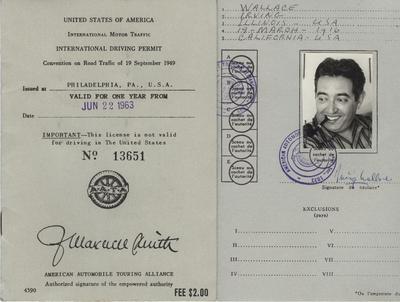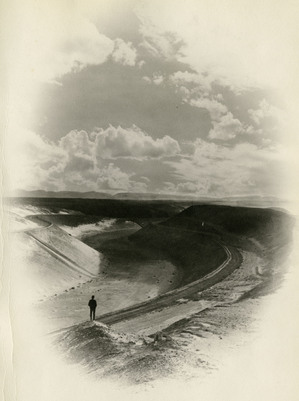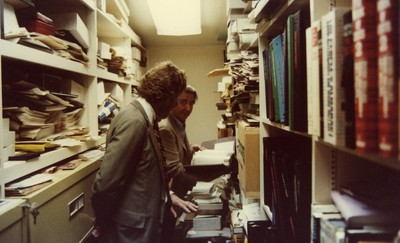Mr. Frankish got me thinking about visionaries. According to the Merriam-Webster dictionary, a visionary is a person who has “foresight and imagination.” For me, Steve Jobs was a true visionary. He wanted to change the world and he achieved it quite successfully. What I admire most is his persistence; failures drove him to work harder.
In a letter to O.S. Picher, Mr. Frankish talks about building the “San Antonio hotel.” He writes,
“By the way referring again to “San Antonio hotel” if the thing could be started this fall I believe it could be more than filled all next winter. I would not say this much to some people lest they thought me visionary but I know that you fully appreciate the situation.”
Shortly, in another letter to Mr. MacNeil, he writes,
“…..neither do we want a “Sanitarium” but rather a “grand pleasure resort” for healthy people as well as invalids, and we can run the whole business without the doctor’s advice.”
And further in the same letter,
“And if you come across someone with plenty of funds, speak a good word for the “S. Antonio Hotel and Electric Railroad Co.” for that is what will sell every acre we have a from double to three times our present prices and I feel that we ought to make every effort to put it through to completion. if we had it done and the hotel built every room would be full by Nov. and thousands of people would come to Ontario to see the novelty of a complete Electric road of 7 miles, street and house lighting, Hotel lighting, elevators, etc. etc. all run by Electricity without one cent expense for motive power. You must not think I am wild on the scheme but I do want to stir you all up to action.”
Not sure what he thinks but I consider him a visionary.





